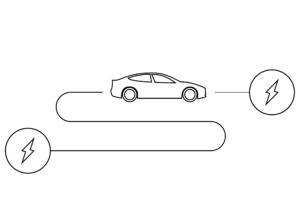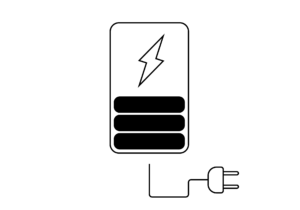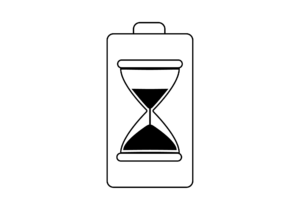
EV Nickel plans to develop zero-carbon production of Nickel and has applied for the trademark Clean Nickel™ across several jurisdictions. Clean Nickel™ refers to zero-carbon production and this is central to the business EVNi intends to develop on the Shaw Dome.
EV battery research focuses on the battery chemistry with different metal mixes, trying to optimize the balance of:

Charge Range

Recharge Speed

Life of Battery
Across these 3 metrics, Nickel performs very well and remains central to the “Battery Metals”.
The new EV demand for Nickel requires a consideration for the broader impact of the metal being produced. Pressures on the EV manufacturers force them to consider more than just quality and cost, but also the “footprint” of what they are buying.
This will develop the Next Class of Nickel, Clean Nickel™.
EVNi believes the market will be short of Nickel Sulphide for the planned EV demand growth and wants to be positioned to produce Clean Nickel™.
Mining
EV Nickel will prioritize high-grade deposits, minimizing impact from the beginning. Material handling will prioritize electric technology, using the Hydro-generated electricity in Northern Ontario. Ideally, underground mineralization will be accessed via electric-powered suspended monorail, which allows steeper incline than traditional ramp access, a lower carbon cost and is proven technology, used around the world.
Mining
Transport
EV Nickel will work with customers, to incorporate the lowest-impact means of delivery for the final product.
Waste and Tailings – Carbon Capture
EVNi is evaluating the potential for carbon capture and storage via carbon mineralization in tailings and waste of deposits in the Shaw Dome, reviewing CO2 capture from air as well as from more concentrated streams (e.g. fossil fuel combustion flue gas, direct air capture or the potential off-gassing from bioleaching).
Carbon Capture
Clean Nickel™ also includes a broader commitment to partnering with stakeholders and this process has already begun, especially with the local First Nations, who have been actively consulted and engaged, before the drill program began.
EV Nickel’s Clean Nickel research involves experts at Canadian laboratories, including the Carbon Mineralization Laboratory at UBC and RPC in New Brunswick. The Company acknowledges the financial contributions being provided by the Province of Ontario’s Critical Minerals Innovation Fund (“CMIF) and the Government of Canada through the Industrial Research Assistance Program (“IRAP”) in assisting with the implementation of EVNI’s Clean Nickel™ Research and Development Program.

Critical Minerals Innovation Fund

Industrial Research Assistance Program (NRC IRAP)